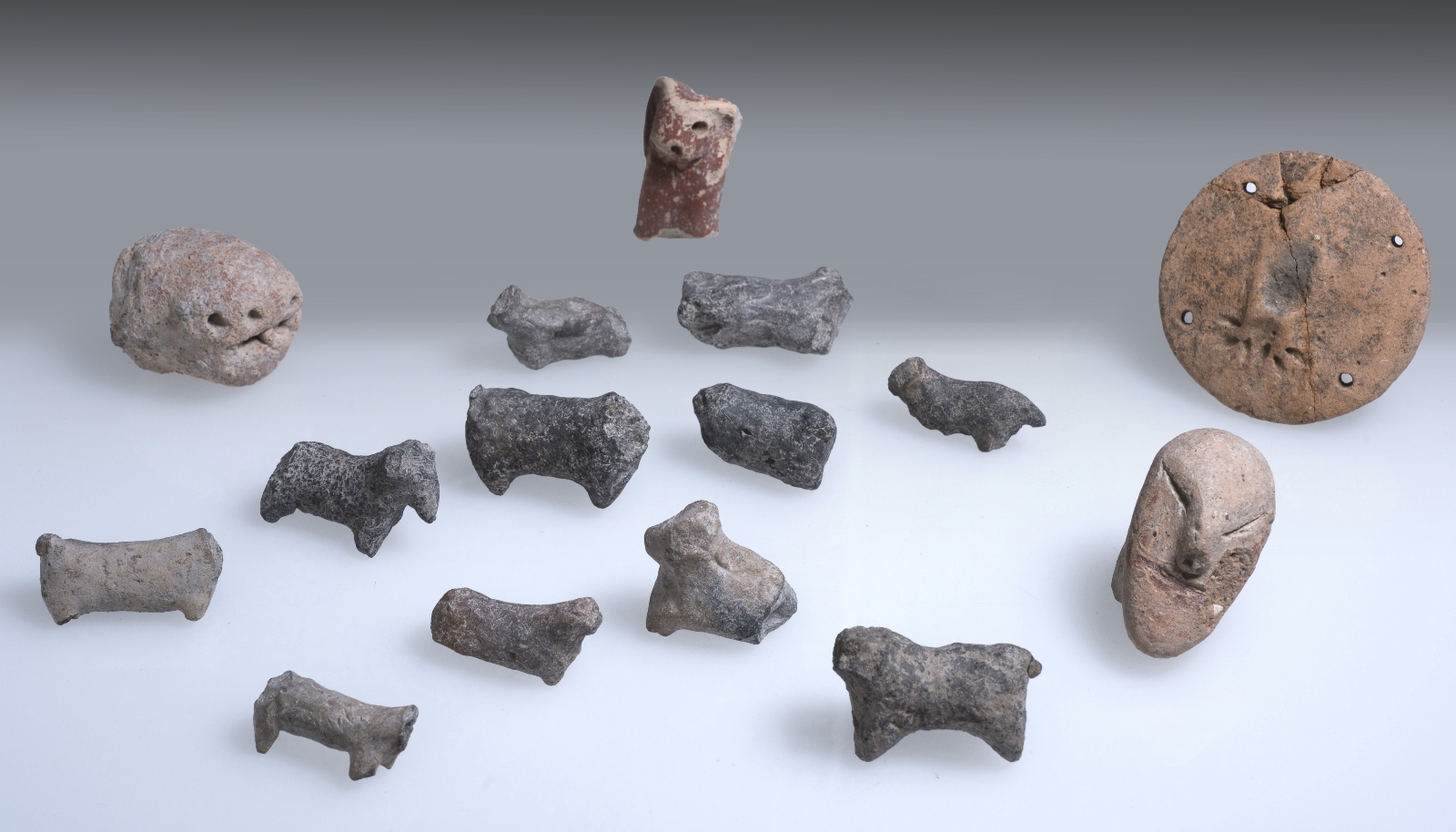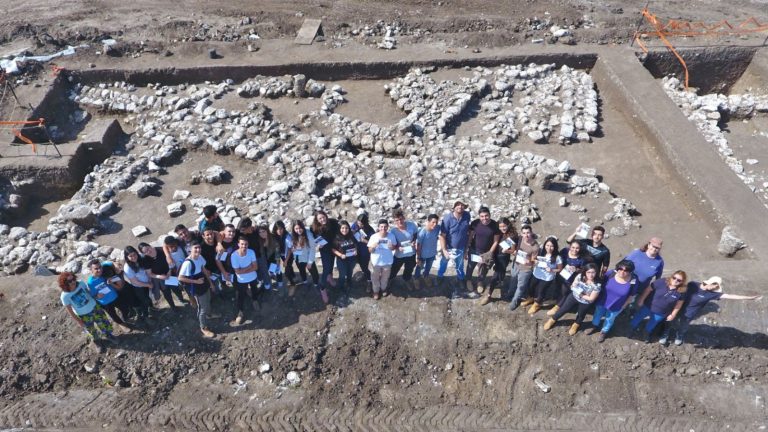Culture
Ruins of 5,000-year-old city discovered in Israel
A vast city dating from 5,000 years ago was uncovered during extensive excavations by the Israel Antiquities Authority (IAA) with the aid of approximately 5,000 Jewish and Arab teenagers and other volunteers participating in the IAA’s Sharing Heritage Project.
The excavations, in progress for two and a half years at the planned Harish interchange near Wadi Ara in the

The Bronze Age 1B (end of the 4th millennium BCE) city is surrounded by a fortification wall, with residential and public areas, streets and alleys. Two abundant springs originated in the area in antiquity.
An even earlier settlement, dating to the Chalcolithic period from 7,000 years ago, was uncovered beneath this city’s houses. It is is the largest and the most central ancient city ever uncovered in
“This is a huge city – a megalopolis in relation to the Early Bronze Age, where thousands of inhabitants, who made their living from agriculture, lived and traded with different regions and even with different cultures and kingdoms in the area,” said Itai Elad, Yitzhak Paz and Dina Shalem, directors of the excavation on behalf of the IAA.
In the public area of the city, archaeologists discovered an unusual ritual temple. In its courtyard stood a huge stone basin for liquids used during performance of religious rituals.
A facility containing burned animal bones — evidence of sacrificial offerings — as well as rare figurines, including a human head with the seal impression of a man with hands lifted and next to him the figure of an animal, were uncovered inside the temple.
The excavation revealed millions of pottery fragments, flint tools, and basalt stone vessels that apparently were brought to the site.

“These surprising findings allow us, for the first time, to define the cultural characteristics of the inhabitants of this area in ancient times,” said the archeologists.
Stories for you more +